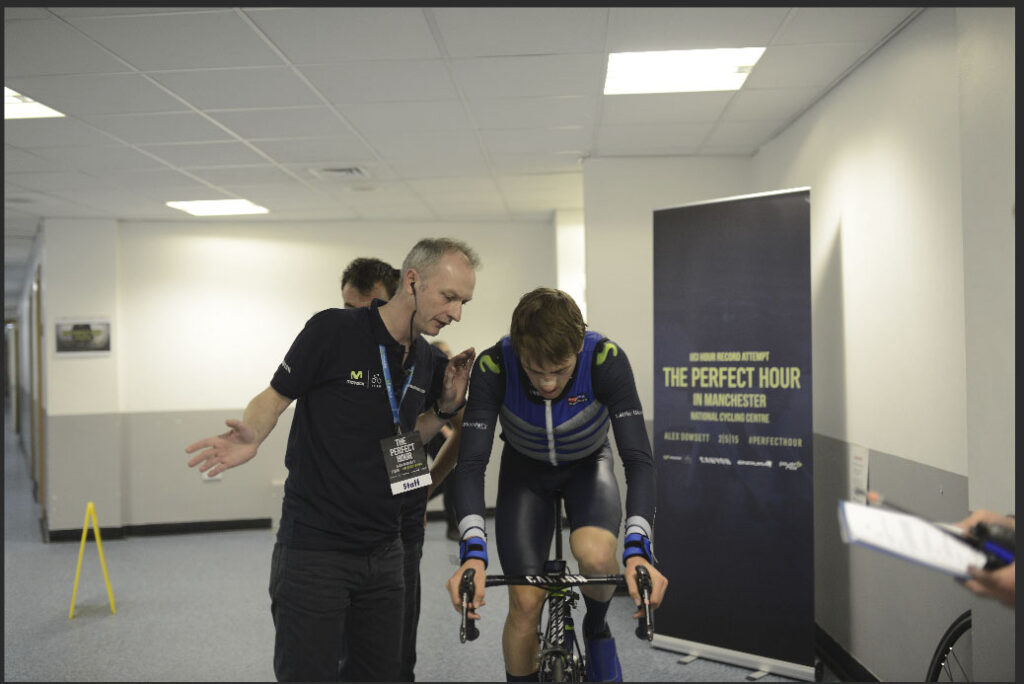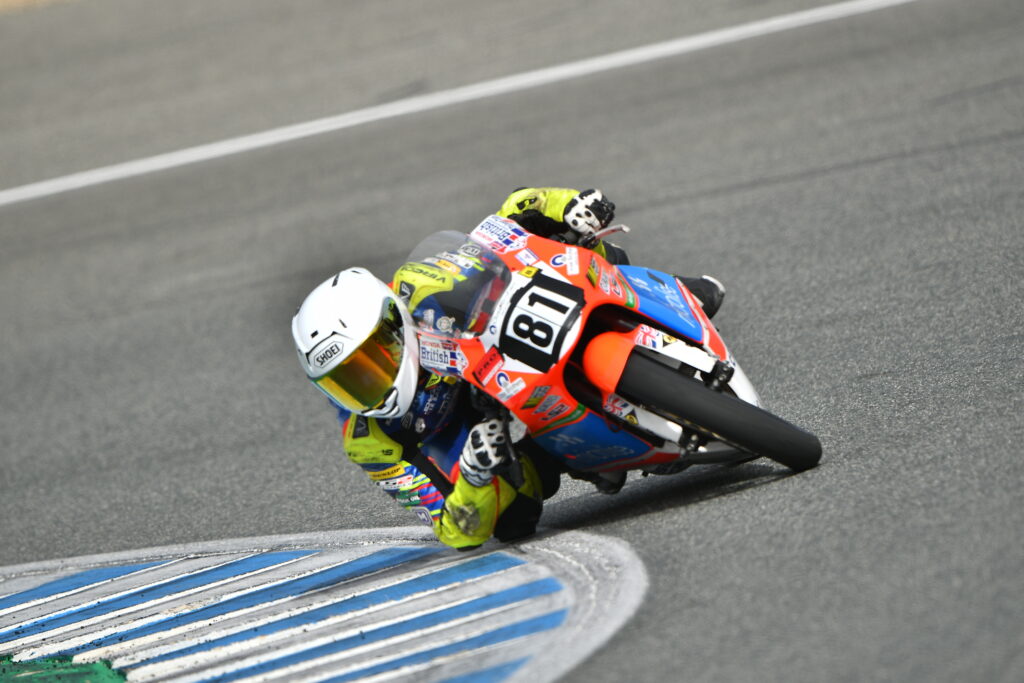Welcome to my May newsletter. I always try to keep an eye on technological developments in cycling and sports science that may have a significant impact on the way cyclists train and race. In this newsletter I share some of my thoughts about continuous lactate monitoring, the new Stromm track bike project, and what happens when you get too strong for your cranks!
I had written a piece about the resurgence of the lowly hub gear as it is updated and brought into the 21st century, even making an appearance in the male pro peloton. However, that article got quite long so you can read it here.
If you are interested in the human aspects of cycling and what it takes to make it in the world of women’s professional cycling, I’ve provided a little insight into pro cyclist Gabby Traxler’s challenging start to the season.
Continuous Lactate Monitoring

In my first newsletter I wrote about a wearable echocardiogram device incorporating artificial intelligence (AI) that could revolutionise diagnosis and treatment of cardiac problems. In my opinion the development of sports wearables measuring a wide range of physiological variables will have a similar impact upon sports research and cycling coaching.
Sports science research in the last 20 years has frankly fallen short of my expectations when it comes to explaining how athletes respond to different types of cycle training. Debates still rage around ideal training intensity and whether one model of training intensity distribution is better than another e.g. high intensity versus threshold training. I would contend that programming is still more art than science. My hunch is that as more and different types of data are gathered computer learning will start to answer these questions.
This is an area I keep a keen eye on and so I have been interested to see that several companies are now developing continuous blood lactate meters. Lactate (you can read ‘lactic acid’ if you are unfamiliar with biochemistry) is a product of metabolism, although it shouldn’t be thought of as waste. It is an energy rich intermediary in aerobic metabolism and is produced in large quantities during anaerobic efforts.
Depending upon the intensity of cycling, muscle lactate rises and falls, with some of this lactate transported out of the muscle into the blood. Traditionally, these fluctuations in blood lactate have been used to evaluate cycling intensity and prescribe training. Unfortunately, it isn’t easy to get a spot check of lactate during cycling, so training intensity is usually translated into an easily measurable heart rate or power output at a given lactate concentration.
This could now change with the development of continuous lactate monitoring systems. These devices generally strap to the upper arm and don’t require blood to be drawn. Most are currently undergoing clinical trials but watch out for products such as K’Watch or AquilX when they come to market. The latter is a device that measures not only lactate, but glucose and alcohol too!
The benefits of continuous blood lactate monitoring for cyclists are substantial. By obtaining real-time lactate data during exercise, cyclists can precisely assess their training intensity and adjust it according to the coach’s prescription. Lactate threshold testing, which was once confined to the lab, will soon be easily completed on the indoor trainer or road without need of an assistant.
While there is ongoing research and development, it is difficult to pinpoint an exact timeline for when continuous blood lactate meters will hit the market. But I would expect to see them commercially available within the next couple of years.
Sometimes it takes an awful lot of grit just to make it to the start line

This is my second season coaching Andorra based Canadian road cyclist Gabby Traxler. Gabby’s expertise is as a climber, and she favours long races with big mountain roads. I know – purgatory for some but a playground for others!
Winter training went well for Gabby and she was looking forward to the start of the racing season but in March there was a downturn in her fortunes. She went to the three day Tour de Normandie and was brought down very heavily in a crash on stage one, suffering a bad concussion. This forced her to retire from the race and stay off the bike for a week until she had fully recovered.
Gabby eventually got back into training and, although she was doing okay for the first days back, something wasn’t right. Her resting heart rate gradually increased and her heart rate variability (HRV is a measure of stress) fell way below normal. There were days when Gabby could barely ride her bike such was her fatigue.
Following blood tests, it transpired that Gabby had contracted a virus that elicits symptoms similar to mononucleosis. More rest and recovery followed and then another tentative return to training.
This time she seemed to respond better but the HRV was still low and her resting heart rate climbed ever higher. We couldn’t figure out what was wrong until she was admitted to hospital with acute abdominal pain. Following lots of tests Gabby was diagnosed with kidney stones – as if things couldn’t have got any worse!
Fortunately, Gabby received great treatment and made a full recovery. In the days following her return home HRV increased and resting HR fell back to levels we had last seen at the beginning of January. I am pleased to say Gabby has now returned to racing and is growing stronger by the week.
So, what have we learned from these experiences? Well, for one thing, Gabby is incredibly tough. I won’t say these events weren’t upsetting for her – she is human like the rest of us. But what continues to impress me is the determination and grit with which she approaches her training and racing. Despite all the problems Gabby picks herself up and just keeps going. This, I believe, is a vital quality for any athlete who wants to make a career from cycling.
Secondly, it never ceases to amaze me just how sensitive resting heart rate and heart rate variability are to physiological changes. Gabby and I think we can pinpoint the time, way back before she crashed and caught the virus, when the kidney stones started to cause issues. We obviously weren’t to know what was going on, but the data did indicate something was awry.
Finally, Gabby didn’t get the best care at the hospital when she hit her head. Fortunately for her, the team’s doctor and her private physician provided much better advice and she was able to make a full recovery. Please don’t underestimate the seriousness of head injuries and, even with a small impact, get checked out straight away.
I hope to keep you updated on Gabby’s progress as the season progresses.
When you are too strong for your cranks!

I came across this photo the other day. If you can’t figure out what you are looking at it is a picture of the axle between two track bicycle crank arms. The rider was doing practice starts from a gate and produced so much torque (force) that he twisted the axle!
If you’re unfamiliar with training for track sprint cycling and the short 500 m and 1 km time trials, a significant portion of the rider’s workouts are performed lifting weights in the gym. The favoured exercise is the squat and it can be used to develop huge amounts of strength. However, strength alone doesn’t make a great sprint cyclist – it needs to be translated into power on the bike. This is why you’ll find 500 m and ‘kilo’ riders practicing lots of standing starts from automated start gates. These ‘gates sessions’ are performed with big gears over just a few meters with the aim of dialling-in technique and applying that muscular strength to quickly getting the bike off the line.
As you can imagine, the forces placed through the bike are huge and from time-to-time bits of bike break. I’ve seen handlebars snapped, wheels pulled out, shoes broken and so on. But, until now, I have never seen metal twisted like wet newspaper!
Next generation Stromm Track Bike

The UCI recently updated its rules on track bike design and gone is the old 3:1 tube ratio restriction. That is, a tube couldn’t be made into an aerofoil that had a cross section more than three times longer than its width. Under the new regulations tubes can now be made to an 8:1 ratio which significantly reduces drag. Bike manufacturer Stromm claim to be the first to take full advantage of the change.
Their new bike has a number of really cool design features intended to make it the fastest machine on the boards. The wide forks are shaped to make them ‘wheel agonistic’, which is Stomme’s way of saying there is minimal aerodynamic interaction between the fork and whatever brand of wheel is fitted. The fork is also said to direct air away from the rider’s legs, further reducing drag.
The sloping top-tube and seat post shape develop vortices that delay separation of the air from the rider’s back and reduce turbulence. And the set tube allegedly creates some propulsive lift which is purported to propel the bike forwards!
Putting the bike into production is going to be extremely expensive, particularly with the innovative manufacturing processes that are employed. The designers have consequently gone down the Kickstarter route to raise the funds they need.
You can find out more about the bike at the Stromm Kickstarter page and, if you are sufficiently impressed, you can throw some cash their way and do your bit to support the development of a highly innovative bike.



Thanks so much for taking notice of our Stromm Track bike Mark. Feel free to reach out with any questions.
Thanks, Dave, it’s a great project and one I am following with interest. The design of the seat post to generate propulsive lift is particularly interesting.